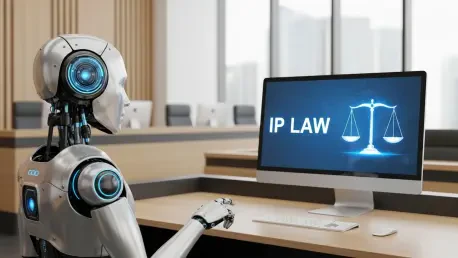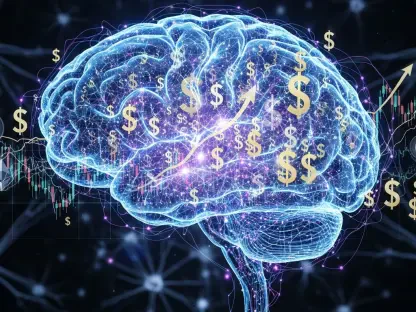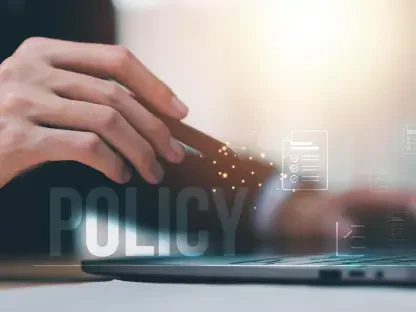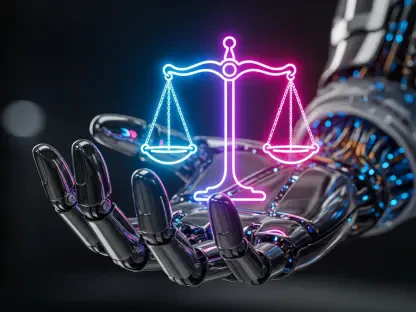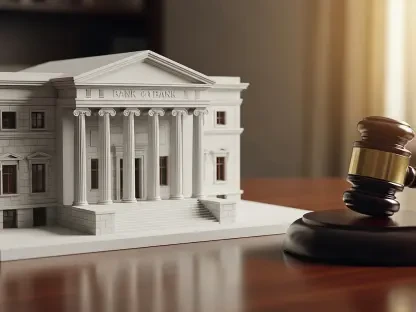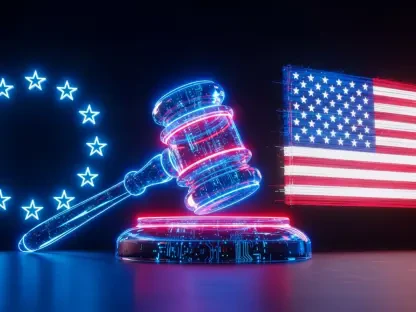I’m thrilled to sit down with Desiree Sainthrope, a legal expert with a wealth of experience in drafting and analyzing trade agreements. As a recognized authority in global compliance, Desiree has a keen interest in intellectual property (IP) law and the complex challenges posed by emerging technologies like artificial intelligence. Today, we’ll explore the evolving landscape of IP protection in the digital era, focusing on legislative gaps, the impact of digital transformation on businesses, and the unique dilemmas surrounding AI-generated content and data usage.
Can you walk us through why intellectual property protection is so critical in today’s digital economy?
Absolutely. In the digital economy, the value of businesses has shifted dramatically from tangible assets like factories to intangible ones like intellectual property. IP—whether it’s trademarks, patents, or trade secrets—often represents a company’s core competitive edge. With digital platforms making it easier to replicate and distribute content globally, protecting these assets is more important than ever. Unfortunately, many businesses, especially in regions like Vietnam, haven’t fully embraced the need to safeguard their IP. They often focus on innovation without securing their inventions or brands, leaving them vulnerable to counterfeiting and misappropriation, which can erode market trust and profitability.
What do you see as the major hurdles in updating IP laws to keep pace with the digital age?
One of the biggest challenges is that many IP laws, like Vietnam’s 2005 legislation, were written before the explosion of digital technologies. They simply don’t address modern issues like virtual assets or digital data. There are significant gaps—blind spots, really—when it comes to emerging fields like artificial intelligence. For instance, the legal framework often lacks clarity on how to protect or regulate IP in online environments or how to handle non-traditional assets. Updating these laws requires not just technical amendments but a complete rethink to anticipate future innovations, which is no easy task given the rapid pace of change.
How do recent statistics on IP violations highlight the urgency of addressing these legal gaps?
The numbers are staggering. In Vietnam, for example, over 2,000 infringement cases were reported in 2024, and that jumped to more than 3,270 in just the first half of 2025. That’s nearly 20 cases a day, with losses running into thousands of billions of dong. These figures show that IP violations are not just isolated incidents—they’re a systemic issue that’s costing businesses dearly and undermining economic growth. It’s a clear signal that the current legal protections aren’t enough, and without stronger enforcement and updated regulations, companies will continue to suffer significant financial and reputational damage.
What steps are governments taking to strengthen IP laws in response to these digital challenges?
Governments are starting to recognize the urgency. In Vietnam, for instance, there’s a draft law in the works to amend and supplement the existing IP legislation. This draft aims to address new types of IP, like derivative works on digital platforms, and tackle issues tied to AI and big data. The focus is on creating a legal framework that protects IP holders in online spaces while fostering innovation. It’s about striking a balance—ensuring rights are safeguarded without stifling technological progress. These changes are crucial for aligning with global standards and supporting a digital economy.
Shifting gears to AI, how do you view its role in creating new works or inventions from a legal perspective?
AI is a fascinating and tricky area for IP law. On one hand, AI can produce incredibly sophisticated outputs—think art, music, or even industrial designs—that seem creative. But the question is whether it’s truly creating or just remixing existing data in novel ways. Legally, this raises a big debate: should AI-generated works be eligible for IP protection if there’s no human involvement? My view is that creativity tied to human input deserves protection, but fully autonomous AI outputs might need a different framework, perhaps with mandatory labeling to distinguish them from human-created works.
What legal challenges come up when using data to train AI systems, and how should they be addressed?
The use of data for AI training is a legal minefield. One core issue is whether companies need permission to use copyrighted material for training purposes. There’s an argument that publicly available data should be fair game as long as it’s not directly copied, because restricting this could hinder innovation and competitiveness. However, this overlooks the rights of original creators who might feel their work is being exploited without consent. I think a balanced approach is needed—perhaps guidelines that allow data use for training under specific conditions, coupled with mechanisms to compensate or credit original IP holders when feasible.
Looking ahead, what is your forecast for the future of intellectual property protection in the context of emerging technologies like AI?
I believe we’re at a turning point. IP protection will need to become far more dynamic and adaptive to keep up with technologies like AI. We’ll likely see more international collaboration to set standards, especially on issues like AI authorship and data usage. Legal frameworks will have to incorporate technical tools—think shared data systems for tracing origins of works—to ensure transparency and fairness. My forecast is that while challenges will persist, the next decade will bring more clarity as laws evolve, but only if policymakers, businesses, and tech innovators work together to anticipate rather than react to change.
